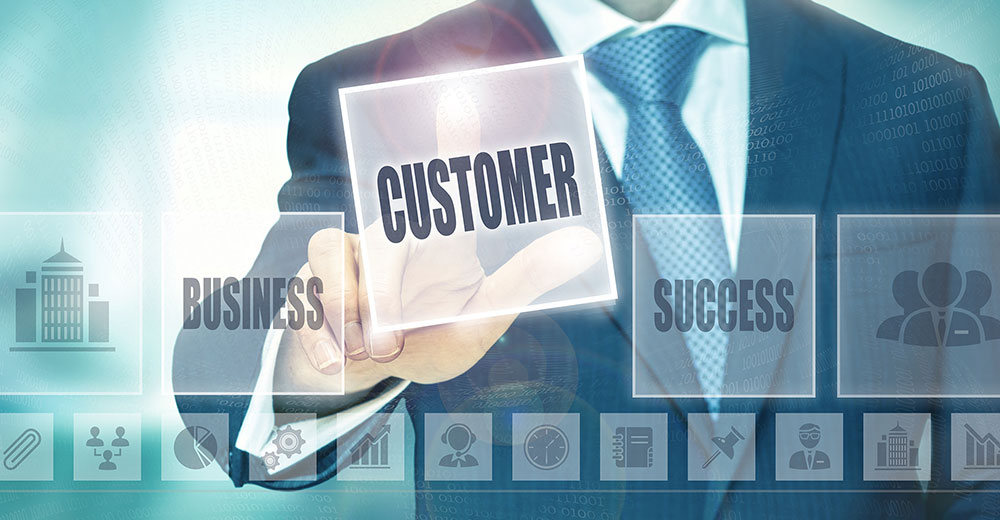Don Schuerman is the CTO of CRM and BPM vendor Pegasystems.
In this exclusive interview, CRM Buyer discusses with Schuerman the best approaches companies can take to meet and surpass changing customer expectations.

CRM Buyer: What does the contemporary customer expect from companies?
Don Schuerman: The contemporary customer doesn’t really care about CRM. They care about the experience they have, and in most cases they know little or nothing about the fact that there’s a technology behind the scenes called CRM.
What customers expect is an experience that is first and foremost personalized. It reflects an understanding of them as an individual, and it’s tailored to their unique needs. They want things to be seamless. They want it to be easy to find information, to get service, to order a product, to upgrade an existing product — and they want the experience to be coherent.
In a world where we are doing things across all these different channels, they don’t want it to feel disjointed as they move from channel to channel. They don’t want it to be that there are certain things they can’t do online, and so they have to call somebody, and when they call somebody they’re sent to a different number.
They don’t want to see a price advertised online that’s not the same price they see in the store. They want the experience to be coherent.
CRM Buyer: How would you define the “relationship” in customer relationship management?
Schuerman: The relationship is between the organization and the customer — and historically, CRM hasn’t done a particularly good job managing that relationship. In many cases, CRM has been more focused on customer records management, where it’s managing the data about the customer, but it’s not really managing the relationship.
Managing the relationship means that the CRM technology needs to be able to understand the customer’s context: where they are in their journey, what they’re looking to achieve, what other products they have, whether they have open service items. It needs to be able to balance that understanding of the customer’s journey and context with the business goals of the organization.
Companies need to balance the customer’s needs and journey against the best business outcomes for the organization, and the tricky thing is that CRM has to do that across organizations that are increasingly more siloed. We need to make sure that that connection takes place without the customer falling into the gap between the silos we create.
CRM Buyer: How can companies make sure customers don’t fall into that gap?
Schuerman: There are a few things that companies need to be doing. One is, how do they bring real-time insight to every moment of customer interaction? How do you use technology like analytics not just as a background reporting tool, but as a real-time insight engine that finds the best insight for the customer, and gives it to them real time in the moment of interaction? That means using analytic technology in a real-time way.
The second thing that organizations need is a way of managing the work that needs to get done, even when that work cuts across silos. Instead of thinking of the things that they do for customers as being in separate silos, they need to build business processes from the point of view of the customer, and then implement technology that can work across silos and hide the organizational complexity from the customer.
So much of what the customer tries to do results in some kind of process — opening a new account, getting help with a service item, upgrading. Those are business processes — and too often, companies build those business processes from the point of view of the organization, as opposed to stepping back and asking what experience they want their customers to have.
Companies need to build an effective system and trust the technology to manage the complexity underneath. That’s what acts as a bridge between some of those gaps between silos.
CRM Buyer: Why is it important to anticipate customer needs?
Schuerman: The first thing that’s driving it is customer expectation. Customers are now getting more used to experiences that are proactive. I open my iPhone, and it tells me how long my current commute home is. It’s being proactive. It’s telling me something. It’s giving me an insight.
Consumers are being conditioned to want proactive experiences. Being proactive is also one of the ways that we make things easy. If the customer doesn’t have to call you when something goes wrong, but you reach out and fix it before they even know about it, that’s better for the customer.
The flip side of it is that it’s actually better for the business. If I can proactively solve their problem, that’s going to be a lot cheaper than trying to win that customer back.
We’re at this interesting moment in customer experience. The things we do to give our customers a better experience are also the things that improve the efficiency of our businesses. If you can thread those needles at the same time, you can have an incredible impact on your business’ bottom line, because you’re making your customers happier while reducing your operation cost.
CRM Buyer: How is CRM changing? What’s in the future?
Schuerman: CRM is going to become a customer engagement layer across the organization. Right now, we think of CRM purely as our customer service app and sales app and our marketing app. More and more, CRM is going to be about a layer in your organization’s technology that facilitates customer engagement, that provides real-time insights to a customer and recommends next-best actions.
Having a layer that can manage those insights and actions, and then having a layer that can manage all of those processes you need to do: That’s going to become a core part of CRM.
CRM is evolving to become a customer engagement platform inside of your organization, and that platform is going to be all about being able to provide real-time insights, and being able to manage the types of processes that are needed to get work done.























































